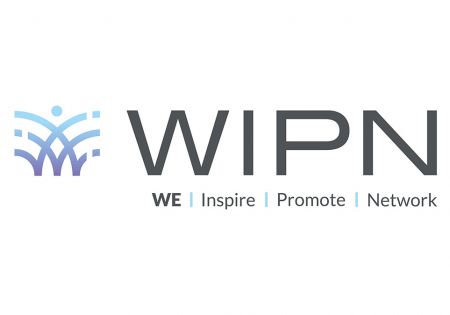For more stories like this, sign up for the PLANADVISERdash daily newsletter.
Increased Education May Help Reduce Retirement Plan Fees
The GAO recommends the Department of Labor (DOL) develop and implement more proactive approaches to sponsor educational outreach, improve public access to annual Form 5500 data and examine the definition of a fiduciary to determine if it captures the current relationship between sponsors and providers.
According to a GAO report, some sponsors the agency surveyed did not know if their providers used complex fee arrangements, such as revenue sharing, or if their plans paid certain fees under an insurance contract, such as a group annuity contract. In addition, some sponsors reported knowing about arrangements, but did not fully understand how these fees were charged. For example, one relatively large plan underestimated recordkeeping fees by more than $58,000, because the sponsor did not include the fees charged to participants’ accounts under its revenue sharing arrangement.
The GAO noted that the DOL has taken several actions to help sponsors understand and monitor fees charged by service providers. For example, it disseminates a number of publications and resources, including a 401(k) fees checklist that is available to sponsors on its website to help them better understand plan fees. However, according to GAO’s survey results, more than an estimated 90% of sponsors either did not know about or have not used Labor’s resources to compare and assess plan fees.
(Cont...)
Additionally, sponsors have access to the plan information of others, including some fees paid, through Form 5500, but the GAO’s survey also shows that the information is not being used by sponsors. Finally, although Labor has recently taken on regulatory initiatives to enhance fee disclosures to sponsors, their effect remains to be seen. For example, Labor is in the process of revising a proposed change to the definition of the term “fiduciary,” which may allow Labor to oversee a broader range of plan investment advisers. However, Labor’s authority over other types of providers, who have considerable influence over sponsors and may charge sponsors and their plan participants excessive fees, is limited.
The GAO found plan sponsors and participants paid a range of fees for services, though smaller plans typically paid higher fees as a percentage of plan assets. For example, the average amount sponsors of small plans reported paying for recordkeeping and administrative services was 1.33% of assets annually, compared with 0.15% paid by sponsors of large plans. Larger plans were more likely to pass recordkeeping fees along to participants, but when fees were passed along to participants in small plans, those in large plans paid lower fees than those in small plans. Participants also paid for investment and plan consulting fees—through fees deducted from their plan assets—in more instances than sponsors.
The report can be downloaded here. http://www.gao.gov/products/GAO-12-325.
